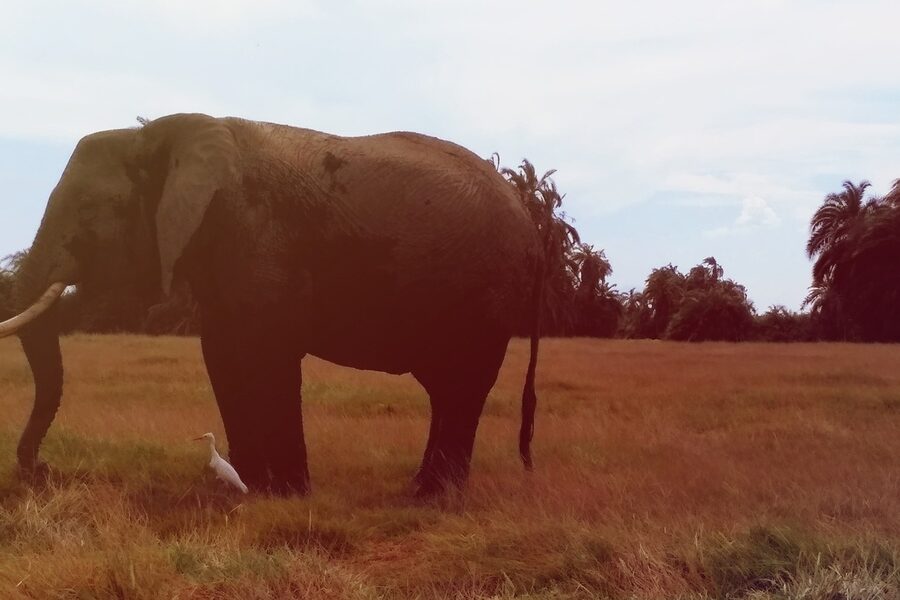The history of studying mammals by limb structure spans centuries of anatomy, paleontology, and natural history. Mammals typically show a common tetrapod plan—two forelimbs and two hindlimbs—but evolution has produced a wide range of modifications, from wings and flippers to hooves and highly specialized running limbs. Examining how limb number and form vary helps explain locomotion, ecological roles, and evolutionary relationships across species. That variety also informs fields as diverse as biomechanics, conservation, and the design of legged robots and prosthetics.
Context
Limb evolution in vertebrates began with early tetrapods about 360 million years ago, and mammals inherit that four-limbed blueprint. Mammals arose from synapsid ancestors and diversified into three major groups: monotremes, marsupials, and placentals. Today there are roughly 6,400 recognized living mammal species, many of which show dramatic limb specializations adapted to swimming, flying, digging, climbing, or running. Fossil finds document transitional changes—such as the shortening of hindlimbs in early whales—that reveal how limbs can be repurposed. Scientists study limb form and function using comparative anatomy, genetics, and biomechanics to test hypotheses about adaptation, phylogeny, and ecological niche.
Scope and coverage
This collection of Mammals by Number of Legs encompasses the range of limb arrangements and modifications found across living and extinct mammals. It looks at typical four-limbed body plans as well as notable departures—forelimbs adapted as wings in bats, fore- and hindlimbs modified into flippers in cetaceans and sirenians, and limb specializations in cursorial ungulates or fossorial species. Coverage considers anatomical form, evolutionary history, ecological function, and examples from major mammal groups without promising exhaustive species-by-species accounts.
Little-known facts about mammals:
- Mammals are tetrapods: their limbs derive from an ancestral five-digit (pentadactyl) pattern, even when digits are reduced or fused.
- There are about 6,400 living mammal species, and most retain the basic two-forelimb, two-hindlimb layout.
- Bats are the only mammals capable of sustained powered flight; their wings are modified forelimbs with elongated fingers.
- Whales and dolphins evolved from land-dwelling ancestors; modern cetaceans have forelimb-derived flippers and small, vestigial pelvic bones from hindlimbs.
- Humans are unique among mammals for habitual, obligate bipedal walking as the primary mode of locomotion.
- Cheetahs illustrate extreme limb specialization for speed, reaching up to about 112 km/h (70 mph) over short distances.





